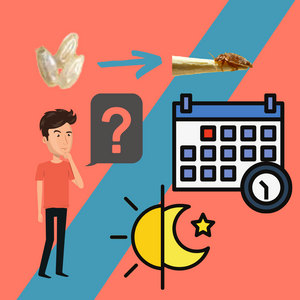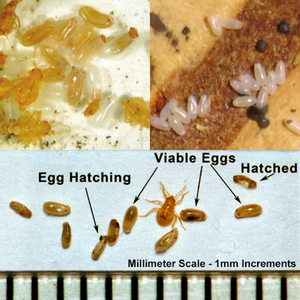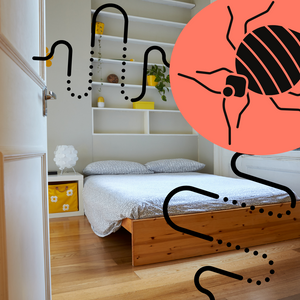How Do You Know If Bed Bugs are Gone?

 After the multiple treatments and patience of waiting to deal with the bed bug infestation in your home, how do you know if bed bugs are really gone? There are certain ways how you can conclude that the bugs are no longer in your home, but it is somehow impossible to say that they are 100% gone and completely eradicated right after the treatment.
After the multiple treatments and patience of waiting to deal with the bed bug infestation in your home, how do you know if bed bugs are really gone? There are certain ways how you can conclude that the bugs are no longer in your home, but it is somehow impossible to say that they are 100% gone and completely eradicated right after the treatment.
As you choose to get a bed bug treatment done in your home, the first thing that you want to get from the exterminator is the affirmation that the bugs are gone and you will no longer have to deal with it again. Unfortunately, bed bugs are particularly known for their great hibernating, waiting, and hiding skills. They can actually stay alive for weeks or even a year, especially if they were able to find a convenient hiding place.
Learn more about the lifespan of bed bugs here.
How to Tell If the Bed Bug Infestation is Finally Over
There are several ways how you can tell if the repeat treatments worked in the infested areas in your home and you will no longer get bed bug bites. Some of the things you can do to make sure that the treatments done in your home have worked include the following:
- Isolate your beds and furniture and use bed bug interceptors.
These are industry-standard monitoring devices for these critters and they will help you determine if there are still remaining critters in your home. You can use this after the treatment and monitor for bed bugs. Any bugs in hiding will come out and try to reach you. In the long run, you’ll know if there are still many remaining since the bugs will get caught in the interceptors. When using interceptors, see to it that not a single piece of your bedding is hanging or touching the floor or walls.
- Even after the treatment, wash your bedding and vacuum your bed regularly.
Though your main goal in getting the services of experts is to save yourself from all the stress of dealing with the bugs on your own, what you do after the treatment is crucial to prevent a re-infestation. So, to make sure that you will not have to deal with these critters after the treatment, wash your bedding and vacuum your bed regularly. Use high heat in both washing and drying the sheets to kill any pregnant females and their eggs hiding in the bed sheets, blankets, or pillow covers.
- Use heat treatment to kill any remaining bed bugs and eggs.
After vacuuming your bed, you can attain complete control of the infestations by heat-treating the entire bed, headboard, and bed frame using a bed bug steamer. The heat will penetrate both the mattress and box springs. You can also do the vacuuming and steam cleaning process to any furniture inside the infested room just to make sure all remaining or hiding bugs are killed. Using contact and residual sprays can also help, but you might want to use them at a later time as it may conflict with the ones used during the professional treatment in your home.
One thing to prevent bites from remaining pesky critters in your bed is to use mattress encasements and box spring covers. Keep these on for at least 18 months to kill the bugs.
- Put other possibly infested items in plastic bags.
Even if there are items that were also treated by the pest management professionals, you can still make sure that these are completely free from the bugs by putting them in sealable bags. Keep it sealed for a couple of months to a year just to suffocate and starve all remaining bugs.







